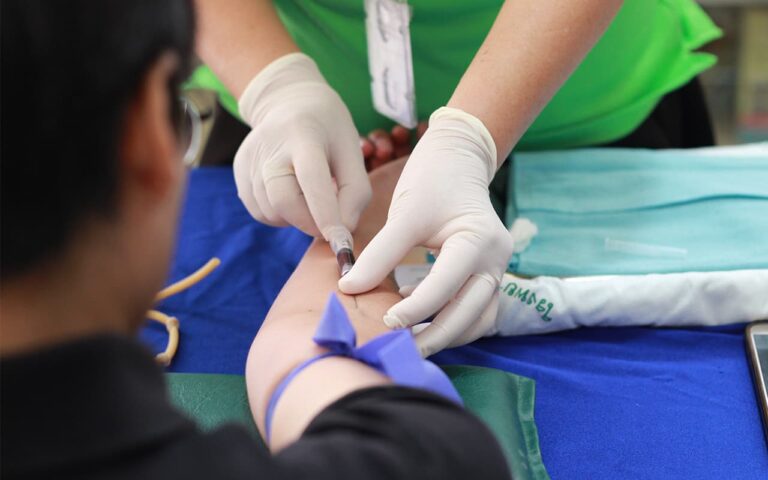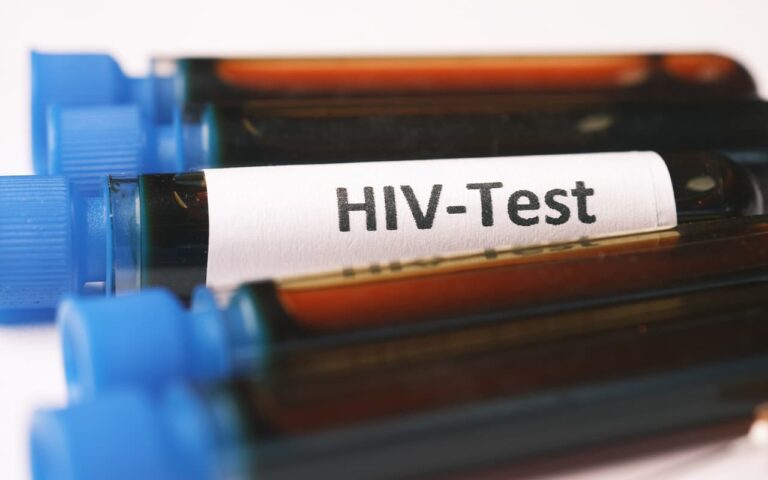Persons diagnosed with HIV infection are hospitalized in infectious disease wards. Patients in the AIDS stage are placed in special box wards to prevent infection with other infections.
Antiretroviral treatment for HIV infection
Because disease-related complications can occur in untreated patients with high CD4 counts, less toxic drugs have been developed and antiretroviral therapy (ART) is now recommended for all patients.
How often should I be tested for HIV?
There is no single answer. If you’re a homosexual man who tends to have sex with strangers, that’s one case.
Dermatological manifestations of HIV
HIV/AIDS is currently the most pressing medical and social problem. Every year, the number of people living with HIV/AIDS continues to grow in all countries of the world.
Manifestations of HIV infection
HIV belongs to the class of retroviruses of the lentivirus family. This family of viruses causes diseases that develop slowly and last for a long time.
Prevention of HIV infection
Human Immunodeficiency Virus (HIV) is an infection that affects the body’s immune system. The most advanced stage of HIV infection is acquired immunodeficiency syndrome (AIDS).
Pathways of infection
The main source of the disease is a person infected with HIV. The danger of infection persists at all stages of infection, for life.
Symptoms of HIV infection
Incubation stage (1) – can range from 3 weeks to 3 months, rarely lasting up to a year. During this time, the virus is actively reproducing, but there is no immune response to it yet.
Pathogenesis of HIV infection
The human immunodeficiency virus, upon entering the bloodstream, invades macrophages, microglia and lymphocytes, which are important in the formation of the body’s immune responses.
Characteristics of the pathogen
Human immunodeficiency virus is DNA-containing, belongs to the genus Lentivirus of the family Retroviridae.









